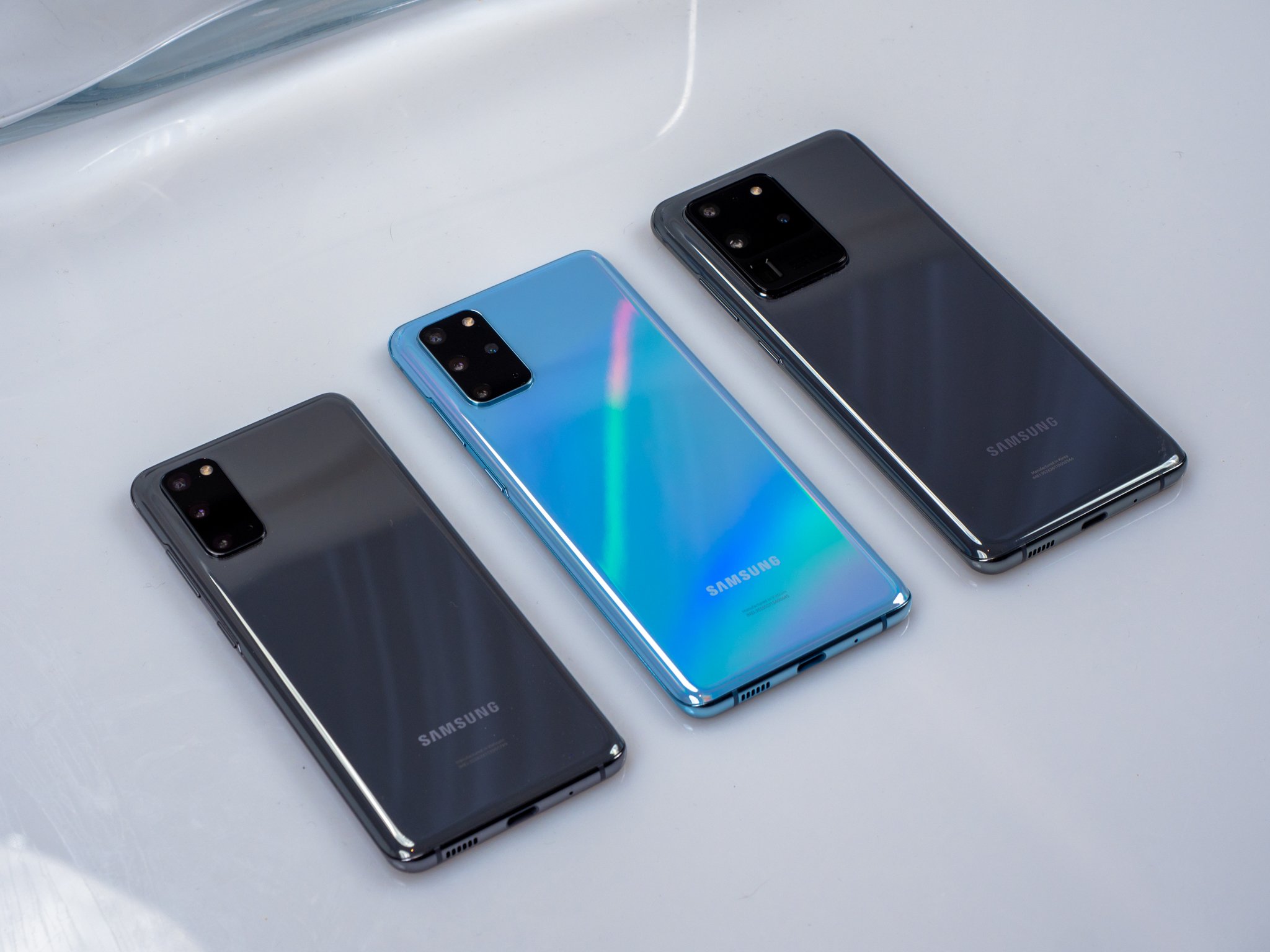The implications of this announcement could be big.
What you need to know
- AMD brought big news with it to Computex 2021.
- It announced it's working with Samsung on an AMD RDNA 2 architecture-based Exynos chip for mobile devices.
- This chip would be capable of variable rate shading and ray tracing.
All the hype over ray tracing in the best PC and Xbox games is about to spread to mobile in a big way, thanks to AMD's team-up with Samsung. AMD announced today at Computex 2021 that it will be developing a next-gen Exynos SoC (system-on-a-chip) that'll give Samsung's flagship mobile devices the power necessary for ray tracing and variable rate shading.
You can see the full slate of Computex 2021 announcements at AMD's site, though the Samsung partnership note is brief and simply says, "AMD is partnering with Samsung on its next generation Exynos SoC, which will feature custom AMD RDNA 2 architecture-based graphics IP that brings raytracing and variable rate shading capabilities to flagship mobile devices."
In case you need a refresher, here's what ray tracing and variable rate shading bring to the table:
- Ray tracing is, in simplest terms, a computationally intensive lighting technique that enhances most areas of an image's visual fidelity, from the quality and realism of shadows to lighting and reflections. All the little light-related details in an image (and there are a lot of them) are typically improved by ray tracing.
- Variable rate shading shades parts of a given frame differently, essentially allocating less effort to unimportant parts of an image and more processing power to key elements to boost performance while still delivering sharp visuals to all the areas deemed important for your eyes. Again, there's more nuance to it than that, but that's a brief idea of how it works.
These two features are big with hardcore gaming audiences and especially with PC players who've grown accustomed to the visual and performance benefits over the years thanks to having had graphics cards that support ray tracing for a long time. Even consoles have caught up recently, with ray tracing becoming something of a buzzword for techy consumers. And now, at long last, it looks like mobile devices will be able to join in on the fun.
The timeline for the partnership between AMD and Samsung has not been disclosed, so when we might see the new Exynos chip cropping up in devices is to be determined. Still, if the companies are making the news public, we can't be too far off from more information.

No comments: